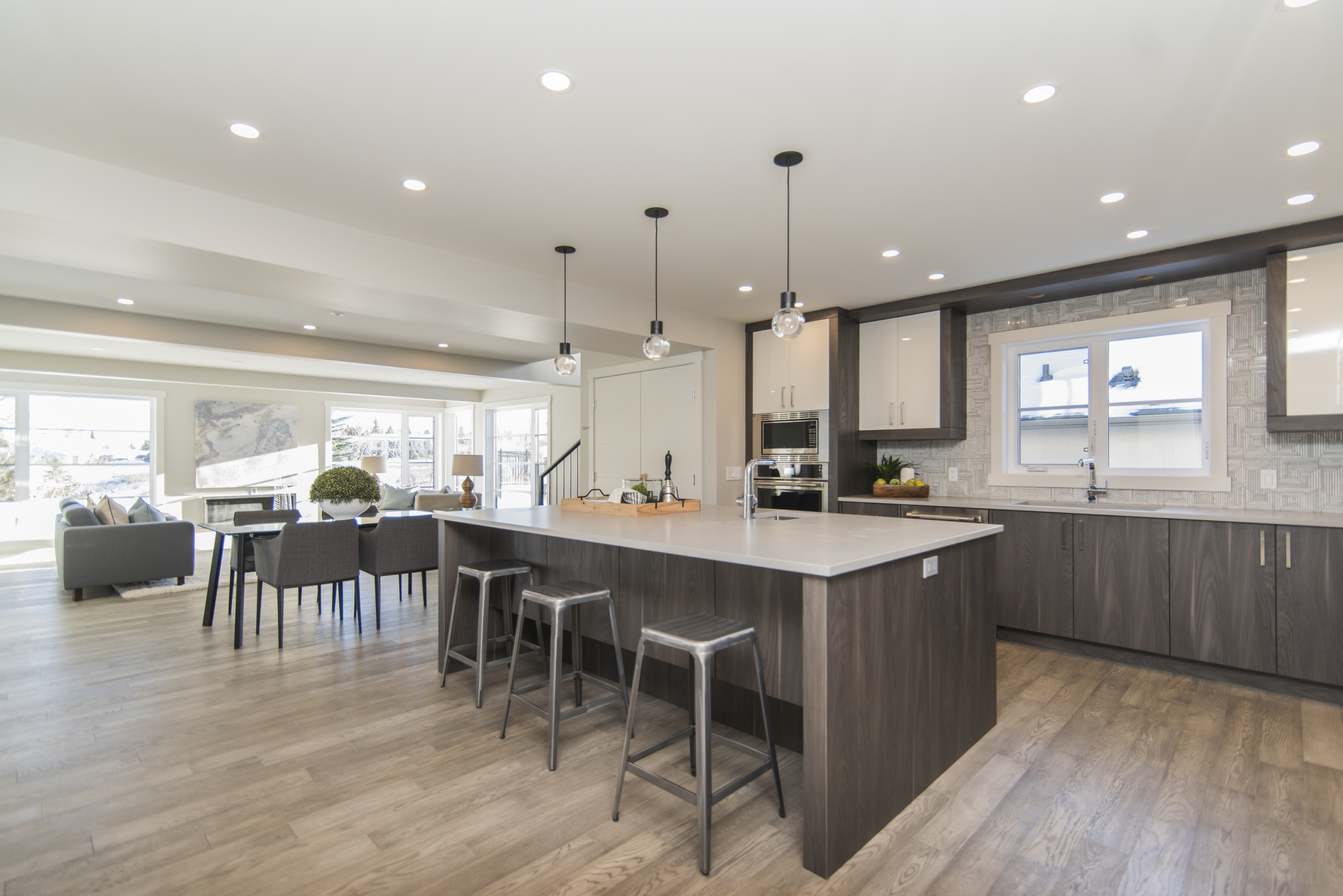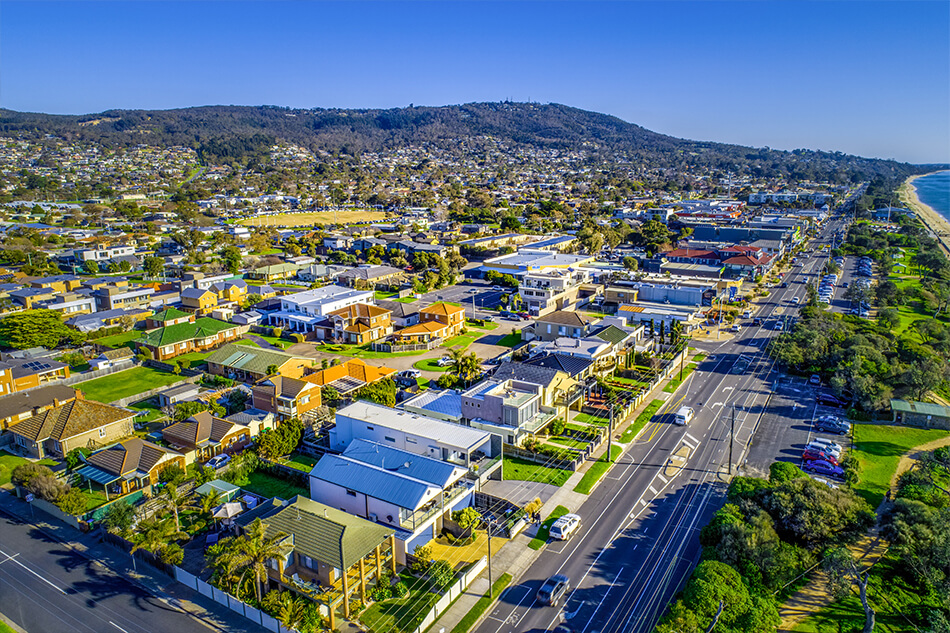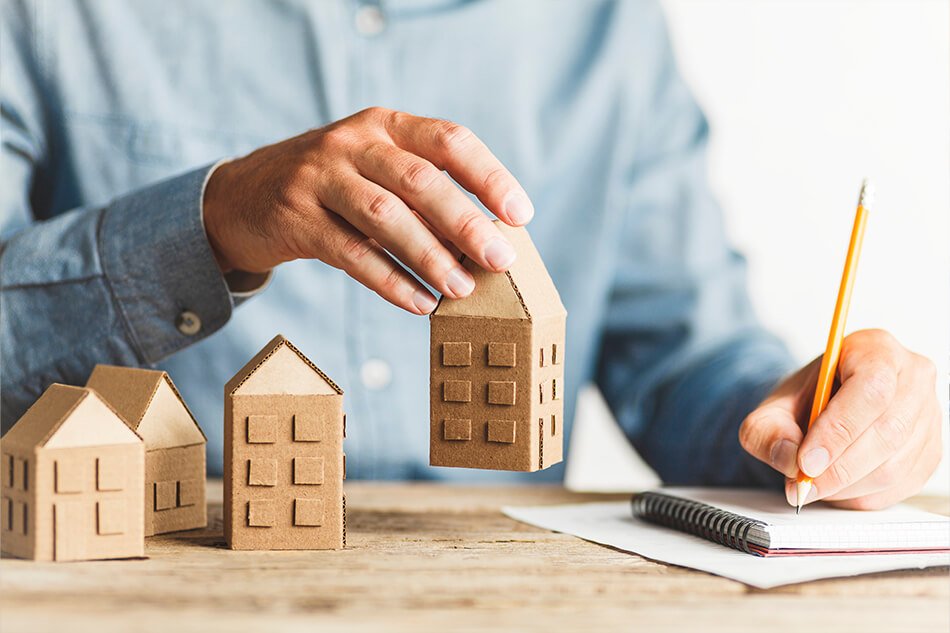In 2023, rental prices are through the roof. For investors, it’s a good better time to purchase a property and watch your rental yields soar. But first, it’s essential to understand the crucial role that rental yields play in the performance and longevity of your property investments. In this rental income guide, we’ll take you through the importance of understanding rental yields, how they work, and how they can help you with your monetary decisions and property investment returns.
Understanding Rental Yield
Rental yields are the amount that property investors can earn from their tenanted property, represented as a percentage figure. This percentage is the annual rental income that a property generates related to its purchase price. Using rental yields as a metric allows you to gauge the potential return on investment (ROI). You can also use rental yields to compare the performance of different properties.
How to Calculate Rental Yield
Rental yield can be considered as gross or net yield. Gross rental yield refers to the annual rental income and purchase price, while net rental yield considers additional expenses like maintenance, taxes, and insurance.
Gross Rental Yield Calculation
Gross rental yields are calculated by dividing the annual rental income by the property’s purchase price. To get your annual rental income, multiply your weekly rental income by 52. Divide this number by your property’s purchase price. To express the result as a percentage, multiply the answer by 100.
The formula for calculating gross rental yield is:
Gross Rental Yield = (Annual Rental Income / Property Purchase Price) x 100
For example, if your weekly rental income is $600, your annual rental income is $31,200. If you purchased your property for $750,000, then your rental yields are 4.16%.
Net Rental Yield Calculation
Net rental yield is a little more complicated. You’ll need to account for your annual expenses as well as your annual rental income. Expenses may include property maintenance, repairs, strata and management costs, depreciation, council rates, insurance, water costs, and more. When you’ve calculated your total annual expenses, subtract them from the annual rental income before you divide them by the purchase price.
The formula for calculating net rental yield is:
Net Rental Yield = ((Annual Rental Income – Annual Expenses) / Property Purchase Price) x 100
As an example, for the same property we used for the gross rental yield formula, your annual expenses may amount to $4,500. So, subtract this amount from the annual rental income of $31,200 before dividing this answer by the purchase price and multiplying it by 100. You get a lower rental yield of 3.56%, but it’s one that more accurately reflects your earnings by taking your expenses into account.
Factors Affecting Rental Yield
Ultimately, your rental yields are affected by the decisions you made when you bought your investment property. Some key factors include the following:
- Property location — is your property in a prime location, near amenities, attracting high rental demand?
- Property type and quality — is your property an apartment, house, or commercial property? Is it well-maintained and high quality?
- Market demand and supply – is the demand for rental properties high or low in this particular area or at this specific time?
- Rental market trends — have you considered trends such as short-term rentals and vacancy rates?
Staying informed and aware of these factors throughout the whole investment process will help you make strategic decisions to maximise your rental yields and property investment returns.
Rental Yields for Houses vs. Apartments
Rental yields vary depending on the type of property you’ve invested in. Houses are more attractive to groups and families, providing more opportunities for appreciation and capital growth. They come with higher purchase prices and maintenance costs. Meanwhile, apartments are more affordable to buy and maintain and usually result in higher rental yields, especially in big cities like Sydney and Melbourne. However, apartments offer fewer opportunities for capital growth.
When considering what you want from your investment property, evaluate your investment objectives, target tenant demographics, and the local market conditions and trends. Analyse the relevant factors such as location, property quality, and rental demand before locking yourself into an investment. If you want to get the best rental yields out of your investment property, take the time to do your research.
Strategies to Improve Rental Yield
To boost and maximise your rental yield, make a detailed strategy plan before you make any big decisions. Consider the following strategies:
- Buy properties with high rental demand in prime locations or with sought-after features.
- Renovate and upgrade your property. Adding energy-efficient features, modernising bathrooms, and upgrading appliances can increase your rental income and the value of your property.
- Adjust rental rates according to market conditions to stay competitive.
- Decide whether short-term or long-term rentals will yield higher income for you. Short-term rentals require more hands-on management and have higher vacancy rates.
- Allow pets — tenants will often pay more for a pet-friendly rental property.
- Make sure your property makes an excellent first impression. Although it’s what’s inside that counts, you won’t attract tenants if your property’s curb appeal is lacklustre.
With rental demand in Australia higher than ever in 2023, keep your property as competitive as possible to get the best rental returns. Stay on top of market trends and real estate news to keep in the loop and make the most strategic decisions concerning your investment property.
Related articles
If you're looking to invest in Melbourne but don't know where to start, here are the best suburbs to look ...
Key Takeaways: Now is a great time to invest in property! Know your budget and the reasons why you want ...
Key Takeaways: A recent house price surge could make this the best time to sell. Take advantage of the pricing ...









